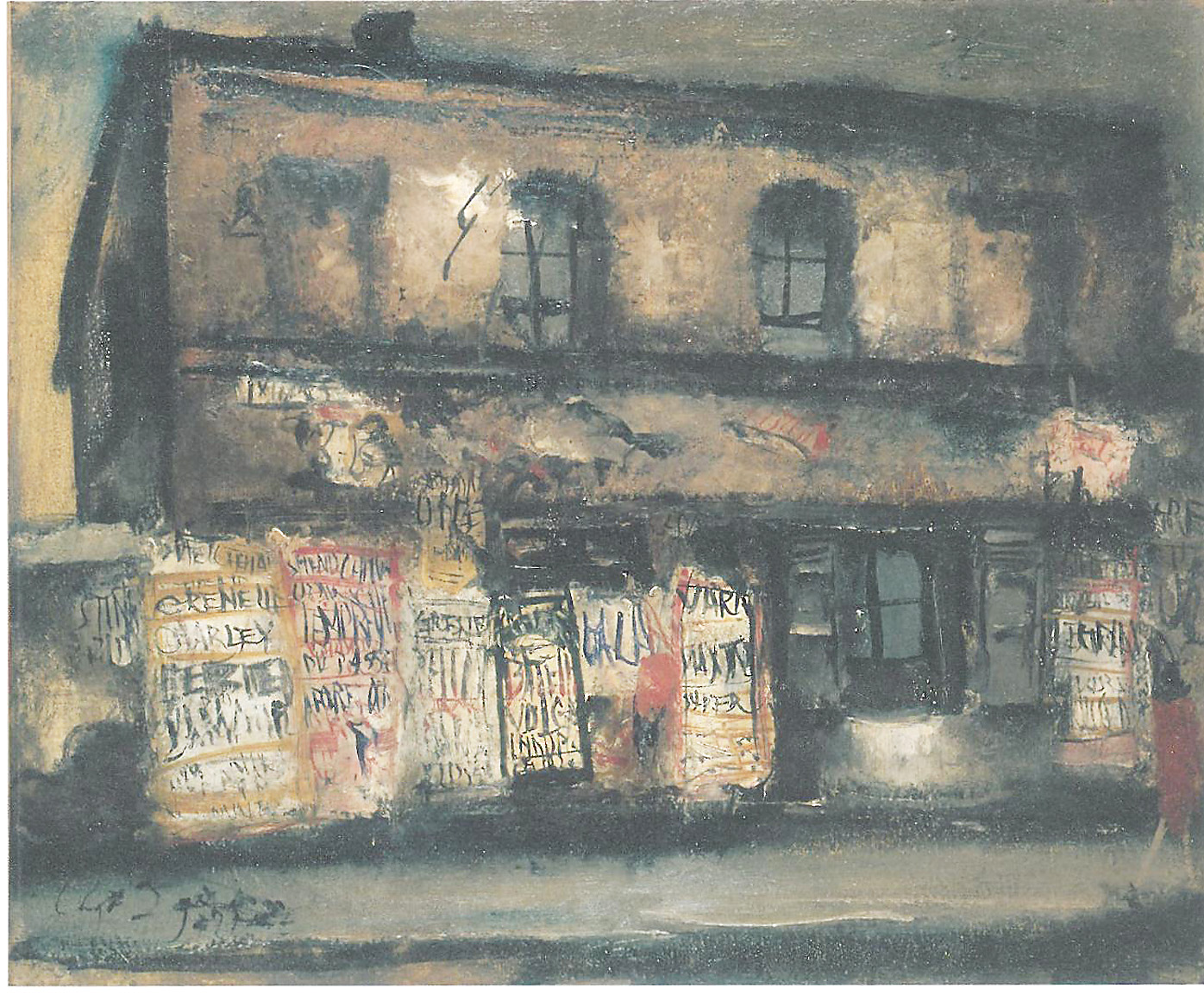Japanese oil painting of the 20th century is, in many ways, still to receive its dues. When Japanese audiences turn their attention to modern art they tend to favor the "original" works from the West, while foreign viewers all too often find Japan's foray into oil painting too similar to the Western model and lacking the desired exoticism of more "traditional" Japanese art styles and materials.
A new exhibition at the Kawagoe City Art Museum in Saitama Prefecture challenges this prejudice and aims to show that the art of modern Japan, in its own way, had, and still has, much to offer. "A Yearning for the West: A Personal Awakening — Oil Painting in Modern Japan" brings together 59 works by 50 Japanese artists active from the late 19th century through to the 1950s. The exhibition is organized by the National Museum of Modern Art, Kyoto, which has provided 50 of the paintings on display.
The Japanese artists here, which include names familiar in Japan such as Seiki Kuroda, Sotaro Yasui and Fujita Tsuguharu , in one way or another all looked for inspiration in the West, particularly in what was then the art world's capital — Paris, where many headed to study in the city's ateliers and studios. The range of their preoccupations is diverse, from capturing the delicate play of light in en plein air landscapes, to perfecting portraiture by revealing not only the sitter's physical likeness through modeling, but something of their character, as in Takeshiro Kanokogi's 1915 portrait of the scholar Hirase Tai in his book-lined studio.


















With your current subscription plan you can comment on stories. However, before writing your first comment, please create a display name in the Profile section of your subscriber account page.